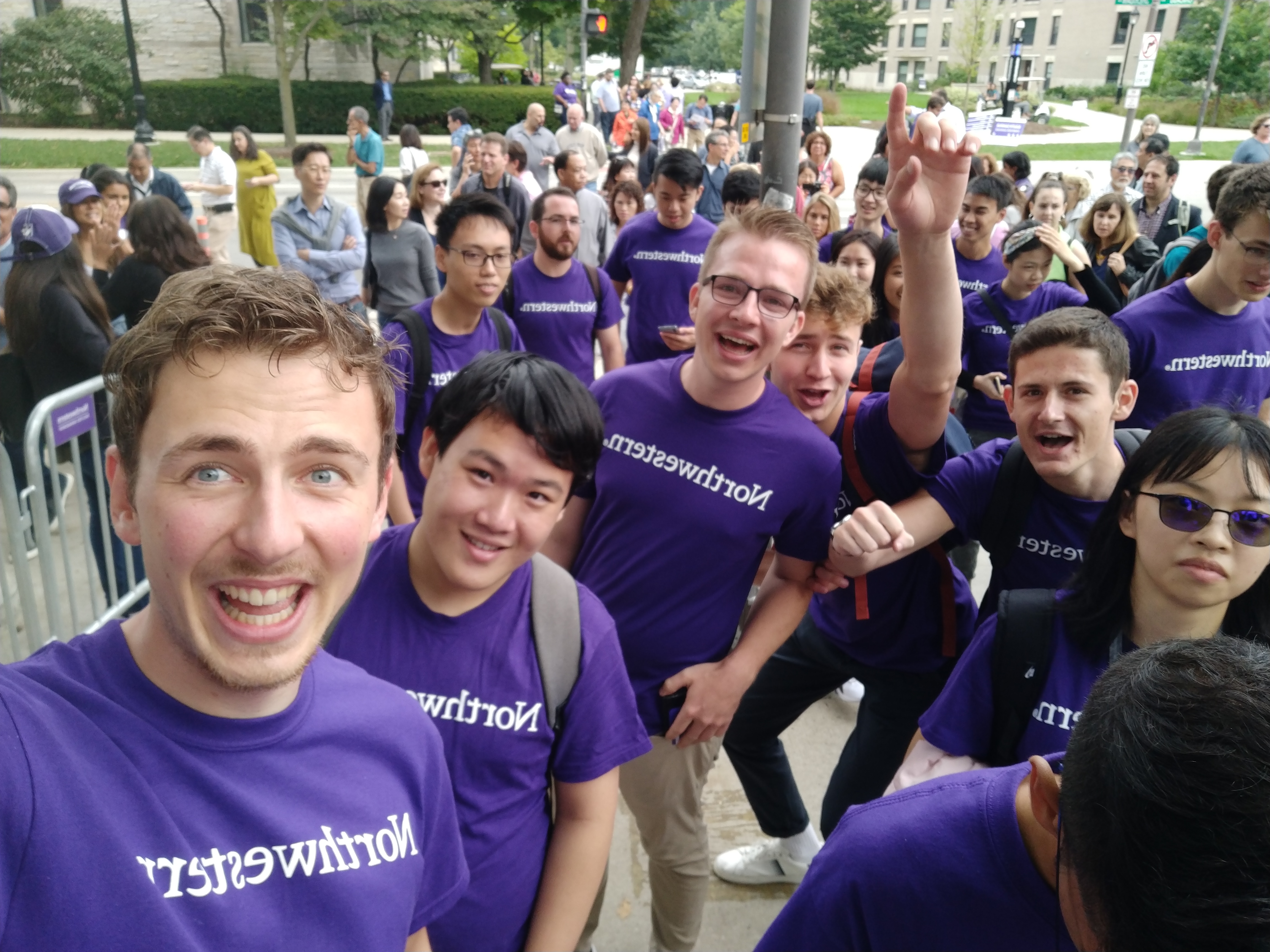Some time ago, the word “culture” had two quite specific meanings for me. Firstly, I knew it as a term for events that were related to art. Going to the theater, a concert, a poetry slam. That’s experiencing culture. The second meaning was to describe the characteristics of countries or tribes. Their culture is what they wear, what they sing and how they celebrate. Austrian culture, therefore, includes Lederhosen, Dirndl and drinking beer in a huge tent.
The last year and in particular the last weeks, however, have taught me a broader, more abstract definition of culture. It sums up habits, appearance, rituals and more attributes that make any group of people unique. Unlike a specific concept of art or nationality, “culture 2.0” rules in our families, businesses, and communities.
As a short experiment, pick a group of friends of yours and try to describe what makes you stand out in two sentences. Feel free to post a comment and share what your culture is like!
The question I asked myself was why it took these last weeks in the US to understand the concept of culture fully. The answer, I guess, lies within the underlying mindsets of the different states. Austria is a rather conservative country that bases its identity largely on tradition. It’s the dialects, the traditional clothing for festivities and our particular food that makes us identify as Austrians. These things are given and a single person cannot change them. This is why most people never question details about our culture. They perceive it to be permanent, complex and difficult to learn for strangers. Adding the fact that Austrians tend to communicate very indirectly, working with unwritten rules to transmit their messages, it becomes clear that “culture” is a static word back home.
A remarkable contrast
“We were just hanging out in my friend’s room drinking a bottle of that purple wine. In fact, it’s in a purple bottle, have you seen it before? We’ve bought it because of Northwestern, you know?”
These are the words of my neighbor in my student dorm of the university. The college has chosen purple to be their color. This becomes immediately apparent when opening their website, looking at student’s shirts on campus, reading a university document, hearing their anthem or almost anything related to this institution. Listening to my neighbor made me realize that purple has colored student’s hearts and minds as well.
Last week a huge orientation event for all people new to the university took place on campus. It’s obligatory to attend, no matter on which study level you are entering Northwestern. They call it “Wildcat Welcome” and you can guess what the university’s mascot is. Our football players are called wildcats, so we students seem to be wildcats as well.
Apparently, this week was not about the biology behind cats, but about familiarizing ourselves with the culture of this university. The whole event is an immense effort to get in touch and identify with the community of students, staff and professors on campus. There are shows and discussions about diversity, alcohol or sexuality to get people on the same page. Ceremonies, speeches, and art performances complete the schedule.
My favorite part (at least for my international curiosity) was a session called “Purple Pride”. For more than an hour, we watched image videos of the sports teams, had university athletes speak on stage. We learned the “Fight song” of the football team which we would need to sing on game days in the stadium. Our purple marching band helped us hit the right notes. Furthermore, they taught us the “Alma Mater” – which is the name of the school’s anthem (sorry for the confusion Latin fans).
All of this happened in the enormous indoor football stadium which is the palace of the college football team. Northwestern University bases a huge part of their identity on professional sport. To have a reliable fanbase as well, one can get rewards for attending matches and all sports events are free for students.
“Welcome to Northwestern!”, they say. What they mean is “you are part of this whole thing now and we expect you to participate”.
There’s a part in my brain that labels all of this as brainwash, as childish play. Wasting tuition fees on three free purple T-shirts for every new student seems to be a ridiculous waste of resources. At first glance at least.
What Northwestern does though is building culture. This is not just about their brand and image. It’s not about the ego of the person who has come up with all the purple wildcat ideas. Seeing the big picture, it’s not brainwashing either and a whole week of introduction is not an exaggerated amount of time.
The great achievement of this approach is that all Northwestern students identify as one community. These people are excited about purple shirts and purple wine. They want the wildcats to win and they want Northwestern to succeed in uni rankings. They scream “Go ‘cats!” to encourage their football stars and each other. They feel part of their Alma Mater, sometimes even more than they feel part of their ethnic or religious group.
The community that has managed this culture creation on a much higher level still are the United States themselves. Everyone here has ancestors from all around the world, people have highly diverse beliefs and races. Still, most citizens identify as American over anything else. They look at the stars and stripes when the national anthem is played before every single sports event in this country.
The point I do not want to make is that Europe should be like the US and that TU München should be like Northwestern. Patriotism has huge downsides, including exclusiveness and closed-mindedness. Still, we can learn from institutions here to make our communities more engaging, active and enthusiastic. Every group has its culture and it’s possible to shape it actively.
One thing I am sure of is that I will wear my Northwestern shirts and hoodies back home as well. Purple pride has got me.








